Hotel Valentine [Korea Quality] / 발렌타인 [한국관광 품질인증]
7.1Km 2020-12-10
465-28, Bomun-ro, Gyeongju-si, Gyeongsangbuk-do
+82-54-748-3232, +82-10-7556-2831
Hotel Valentine is located within Bomun Tourist Complex of Gyeongju, North Gyeongsang Province. Thanks to its location, it is a great place for both tourism and leisure activities: guests can reach the Gyeongju World Amusement Park, Gyeongju World Culture Expo Park, and Bomun Lake in 10 to 15 minutes by foot, and other sights in downtown Gyeongju like Cheomseongdae Observatory, Daereungwon Ancient Tombs, and Hwangnidangil Road in 10 minutes by car, making the hotel an ideal base camp for exploration in Gyeongju. Hotel Valentine also prides itself over its great views: standing on the terrace of the room brings one to a great view over the Bomun Lake and the Tourist Complex. Bomunjeong Pavilion, a popular destination for cherry blossoms in spring, is located in front of Hotel.
There are 41 rooms, divided into different types like the Couple Room, Ondol (heated floor) Room, and Special Room, All rooms are fitted with high-speed Internet cables and wireless Internet, as well as TV, makeup table, minibar, air conditioning, toiletries, and hairdryers. The Special Room adds cooking facilities, and is divided into the bedroom, living room, and the kitchen, making it ideal for small gatherings or family trips. Other guests can opt to cook in the common kitchen or the outdoor grill. Other amenities include the 165㎡-wide relaxation room, fitted with sofas and tables; business room, equipped with computers and printers; a fitness studio; and a karaoke.
The-K Hotel Gyeongju (더 케이 호텔 경주)
7.2Km 2021-02-10
45, Expo-ro, Gyeongju-si, Gyeongsangbuk-do
+82-54-745-8100
The-K Hotel Gyeongju is a four-star hotel situated against the serene backdrop of Bomun Lake in the historic city of Gyeongju. The hotel is equipped with pleasant facilities in order to provide a better service to visitors.
BENIKEA Swiss Rosen Hotel Gyeongju (베니키아 스위스로젠 호텔 (경주))
7.2Km 2019-11-04
465-47, Bomun-ro, Gyeongju-si, Gyeongsangbuk-do
+82-54-748-4848
Swiss Rosen Hotel, located inside Gyeongju Bomun Complex, boasts sophisticated interior design and cozy guestrooms. Also, in addition to free services such as Wi-fi Internet, bike rentals, outdoor movie screening, and guest pick-up, the hotel offers easy access to several exciting adventures on the nearby Bomun Resort, including horseback riding, hiking trails, golf courses and Bomun Lake.
Gare de Singyeongju
7.3Km 2016-08-04
1010 Hwacheon-ri Geoncheon-eup Gyeongju-si Gyeongsangbuk-do
La Gare de Singyeongju est située à Gyeongju, capitale millénaire de l’ancien royaume de Silla. La construction de la gare débuta en aout 2007 et fut terminée le 28 octobre 2010. Le 1er novembre de la même année, la gare ouvrit ses portes au public et facilita ainsi de façon sécuritaire et pratique le transport vers Pohang, Yeongcheon et autres régions proches.
Parc Millénaire Silla (신라밀레니엄파크)
7.4Km 2020-01-07
Bomun Resort, 719-70, Sinpyeong-dong, Gyeongju-si, Gyeongsangbuk-do
Le Parc Millénaire Shilla est un parc à thèmes intégrant à la fois l’éducation et le divertissement sur l’Histoire et la Culture de la Période Silla (-57 à 935 ap JC).
Se concentrant sur cette période, le parc reproduit des architectures Shilla et un village d’aristocrates raconte aux enfants des histoires amusantes et offre une architecture sympbolique telle que la Tour Emile ou Seokbinggo. Vous êtes aussi invité à participer à certaines choses telles que la Craft Clinic.
Vous pourrez apprécier un cadre extérieur dans lequel le célèbre spectacle « Queen Seondeok » fut filmé. En outre, le parc accueille Lagung, la premier hôtel hanok (maison traditionnelle coréenne) de Corée. Il doit sa renommée au fait qu’il fut le lieu de résidence de Yoon Ji-hoo dans la série télévisée coréenne « Boys over flowers ». L’hôtel est divisé en deux parties : Sweet Hanok et Royal Hanok et comporte un bain à ciel ouvert vous offrant confort et repos (pour plus d’informations, téléphonez au +82-54-778-2100 ou visitez le site internet de Lagung).
Musée scientifique de l'histoire du royaume de Shilla (신라역사과학관)
9.0Km 2023-04-07
33, Hadonggongyechon-gil, Gyeongju-si, Gyeongsangbuk-do
+82-54-745-4998
Situé à l’intérieur du village folklorique et artisanale de Gyeongju, le musée scientifique de l’histoire du royaume de Shilla propose de vos faire découvrir les patrimoines culturels de l'epoque à travers notamment des reproductions de taille réduite.
Au rez-de-chaussée, vous trouverez une carte de la capitale du royaume de Shilla, des reliques excavées du tombeau hwangnamdaechong ou encore des reliques trouvées sur les mont Namsan. Au 1er étage, sont exposées des couronnes en or des royaumes Shilla et Baekjea, l’écriteau du temple Haeinsa. Au niveau -1, se trouvent des reproductions de Sukguram ou de la trinité bouddhique. A l’extérieur, vous pourrez voir Gameunsaji et Cheomsungdae.
Village de l'artisanat folklorique de Gyeongju (경주민속공예촌)
9.0Km 2020-04-29
230, Bobul-ro, Gyeongju-si, Gyeongsangbuk-do
+82-54-746-7270
Il s'agit d'un village habité par de nombreux artisans ayant pour objetctif de faire vivre et transmettre les techniques traditionnelles de l'artisanat en Corée. Le village est ainsi constitué de 40 maisons à toit de chaume mais aussi de maisons couvertes de tuiles. Le village abrite également des petites sociétés de production dans les domaines comme métal, poterie, charpenterie, bijouterie, hanbok, contrefaçon des patrimoines culturels, artisanat en pierre, etc. Il est possible d'admirer le processus de fabrication des oeuvres des artisans ou de participer à des activités pratiques. Il est aussi possible d'acheter des produits bon marché. Le parcours entre le temple Bulguksa et le complexe Bomun constitue un itinéraire à ne pas manquer pour profiter de magnifiques paysages.
GyeongjuCheonnyeonhanok Pension [Korea Quality] / 경주천년한옥펜션 [한국관광 품질인증]
9.1Km 2020-09-09
86-61, Sidong-ro, Gyeongju-si, Gyeongsangbuk-do
+82-10-9898-3995
Cheonnyeon Hanok Pension, located in Sirae-dong, Gyeongju-si, Gyeongsangbuk-do, was newly opened in April 2014. The owner discovered this geomantically ideal site, with a mountain to its rear and a river to its front, and constructed a 238m2 hanok on a 1,778m2 plot of land. The hanok is a ‘ㄱ’-shaped structure consisting of two floors above ground, with the guest accommodation situated on the first floor. The pension was named ‘Cheonnyeon Hanok’ to represent the owner’s wish that the house be preserved for over a thousand years (“cheon nyeon”). It is set amid a beautiful landscape and commands an open view of the nearby pine grove, a large pond, fields, and Tohamsan Mountain. The house is built of pine wood and red clay, and features an eco-friendly geothermal floor heating system and double-layered doors to keep out drafts. Although the outer yard is covered with gravel, the spacious grassy inner courtyard of the bonchae building is equipped with benches, and serves as both a playground for children and a relaxing space for adult guests. The garden is notable for its well-tended flowers and trees. The pension has 6 guestrooms including four single rooms (23m2); one room (29m2) with a numaru (upper floor) that can accommodate 3 to 5 people; and a two-room (46m2) suite that can accommodate 4 to 10 people. Maehwa-bang (single room) is characterized by rafters and a ‘井’-framed ceiling; Mogryeon-bang (two rooms) is a large guestroom that can accommodate two to three families, and has a sliding door in the middle for convenient use of the space; and Yeonggot-bang has an upper floor equipped with a BBQ facility. Large family groups tend to rent the Yeonggot-bang and an additional room. Other guests can also use the separate BBQ site in the courtyard. (Grill and charcoal: KRW 15,000 per 4 persons) Each room has a pleasant, clean interior and is equipped with a TV, fridge, air-conditioner, bathroom, sink, electric rice cooker, kettle, induction plaque, and Internet. The pension boasts a beautiful nighttime view of Joyang Reservoir, Tohamsan Mountain, and a pavilion of Bulguksa Temple. Guests can enjoy fishing in the reservoir and walking up the low mountain or strolling along the path through the pine grove. The pension also offers various folk games including Tuho (Arrow-throwing), Jegichagi (Korean shuttlecock game), Yunnori (traditional Korean board game) and kite-flying free of charge. In addition, it is close to a number of Gyeongju’s major tourist attractions including Seokguram Grotto and Bulguksa Temple, and is only 20 minutes’ drive from Gampo, Jusangjeolli Cliff, and the Royal Tomb of King Muyeol. Cheonnyeon Hanok Pension is particularly popular among families and groups.
Quartier en pente des souvenirs (추억의 달동네)
9.1Km 2025-07-17
216-8, Bobul-ro, Gyeongju-si, Gyeongsangbuk-do
Non loin de Bulguksa se trouve le musée d'histoire moderne "Quartier en pente des souvenirs", qui retrace l'histoire des générations précédentes, celle des pères et des mères.
On y découvre des contenus qui recréent fidèlement le monde de vie des années 1970 et 1980 : de vieux postes de ration aujourd'hui disparus, un atelier de réparation électronique, une petite échoppe de quartier, ou encore une salle de classe reproduisant fidèlement l'atmosphère d'une école primaire des années 1970-1980, laors appelée "gukmin hakgyo'(école primaire).
Le lieu reproduit avec soin la vie quotidienne de la population coréenne des cinquante dernières années. Divers programmes interactifs y sont proposés, comme des ateliers pour fabriquer le bonbon traditionnnel dalgona, ou pour revêtir les uniformes scolaires d'autrefois.
Cheonggong [Korea Quality] / 청공한옥 [한국관광 품질인증]
9.4Km 2020-09-08
5-6, Igu 2-gil, Gyeongju-si, Gyeongsangbuk-do
+82-10-4577-5223
Cheonggong Hanok is a mere 10 minutes away from Bulguksa Station (Donghae Line) on foot. The two traditional Hanok buildings house 10 rooms. Once you enter the main gate, the harmonious scene of a big grassy yard, a very old pine tree, a small pond, and the graceful Hanok buildings welcomes you. The garden looks a bit exotic, but there is a back story to it. The first architect of the house did business in Japan with his wife living alone in Gyeongju but regretted not having spent a long time with her; thus, he came back to Korea, built the biggest house possible, and lived with his wife for the rest of his life. Afterward, his descendants took over it, named it after the architect, Cheonggong, and opened it as a Hanok stay. That is how the space where Korea’s traditional Hanok and Japanese garden were put together by the Korean architect who did an extended stint in Japan came to be. The table used by the couple is preserved in the garden for guests to look at. Although it is a traditional Hanok, every room is equipped with a TV, a refrigerator, an air-conditioner, and a bathroom to make the space comfortable to stay even for children.

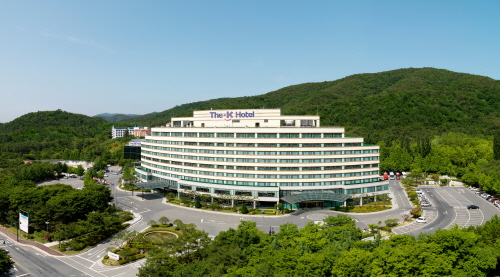
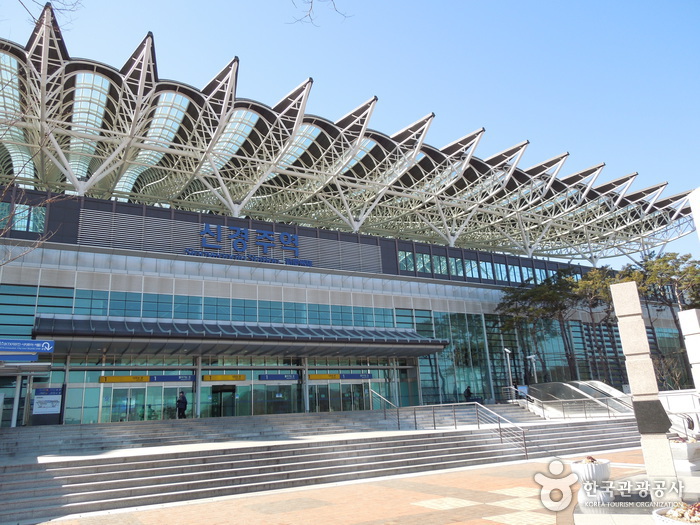
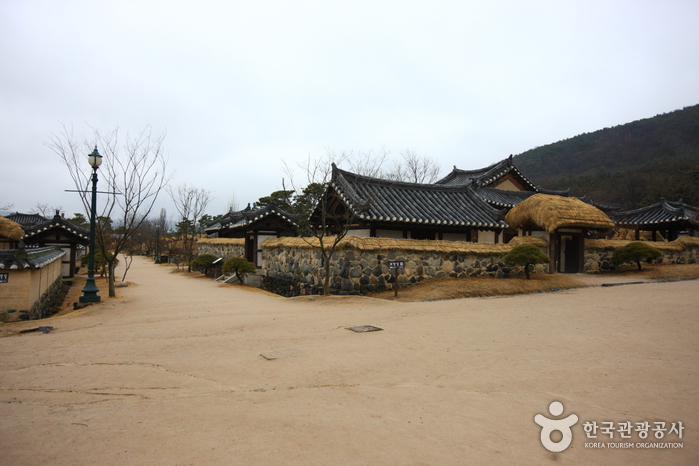
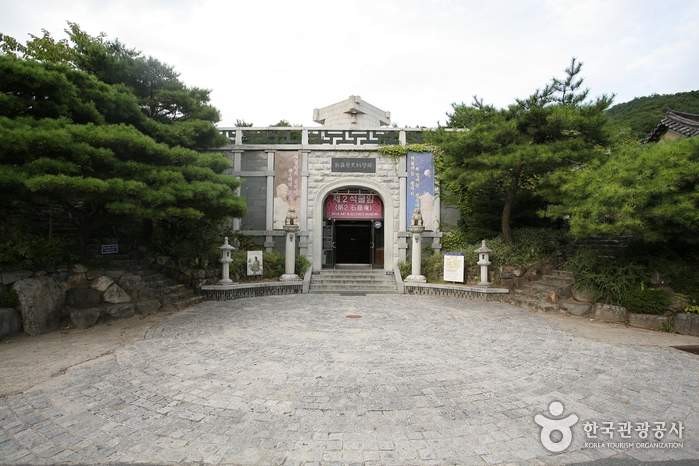
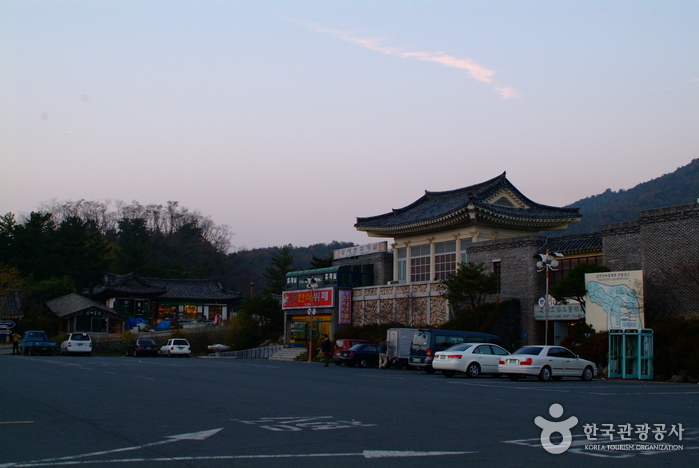
![GyeongjuCheonnyeonhanok Pension [Korea Quality] / 경주천년한옥펜션 [한국관광 품질인증]](http://tong.visitkorea.or.kr/cms/resource/35/2635535_image2_1.jpg)
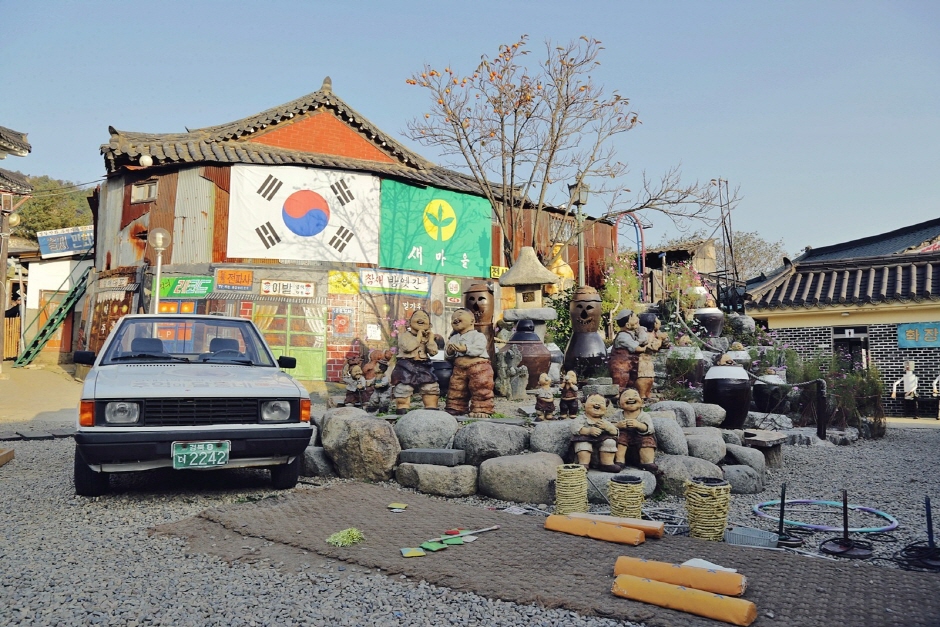
![Cheonggong [Korea Quality] / 청공한옥 [한국관광 품질인증]](http://tong.visitkorea.or.kr/cms/resource/69/2637169_image2_1.jpg)
 Français
Français
 한국어
한국어 English
English 日本語
日本語 中文(简体)
中文(简体) Deutsch
Deutsch Español
Español Русский
Русский